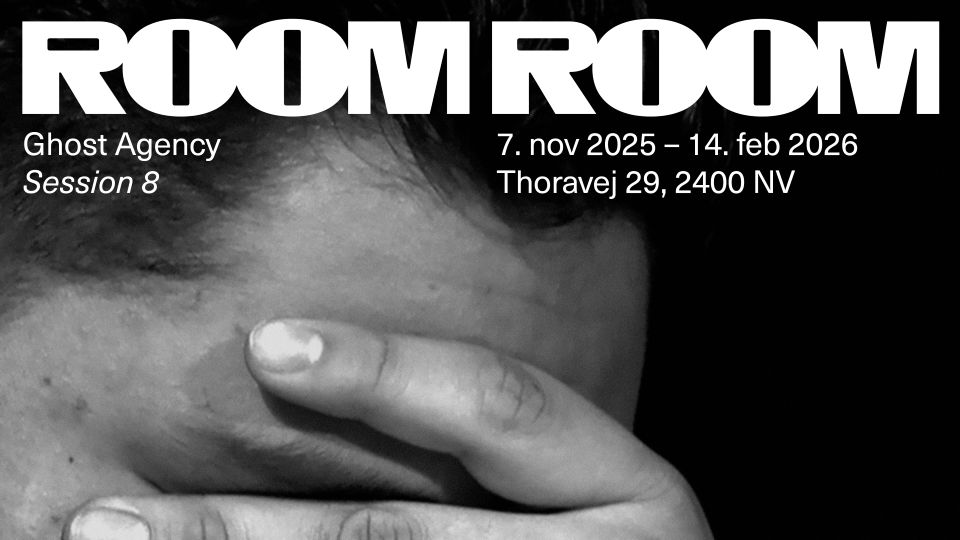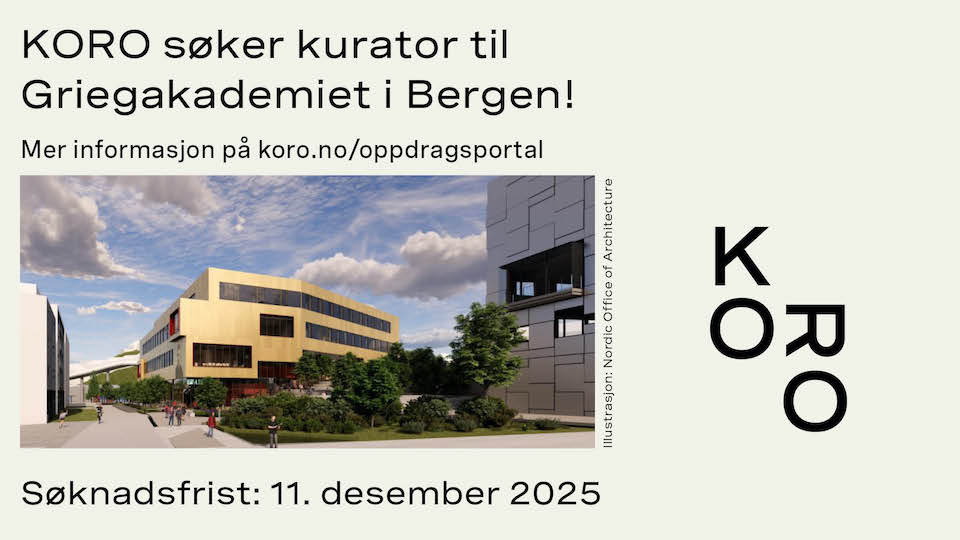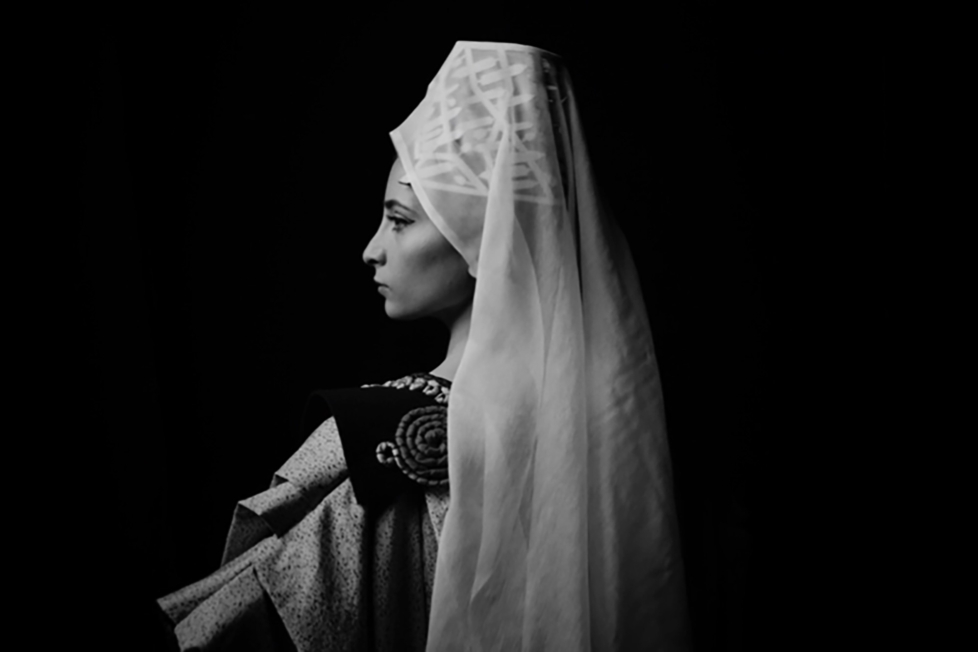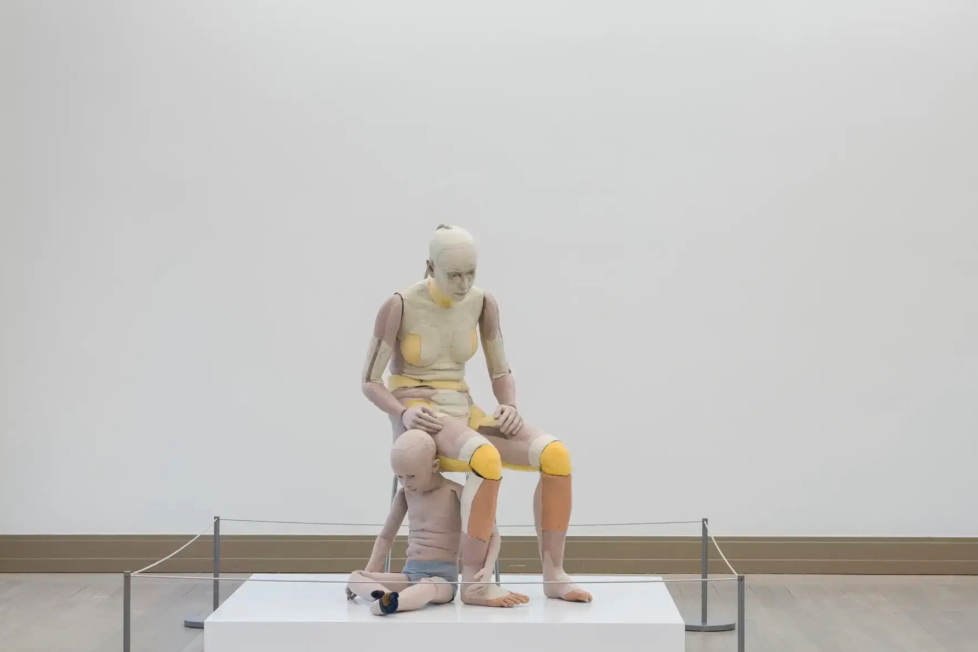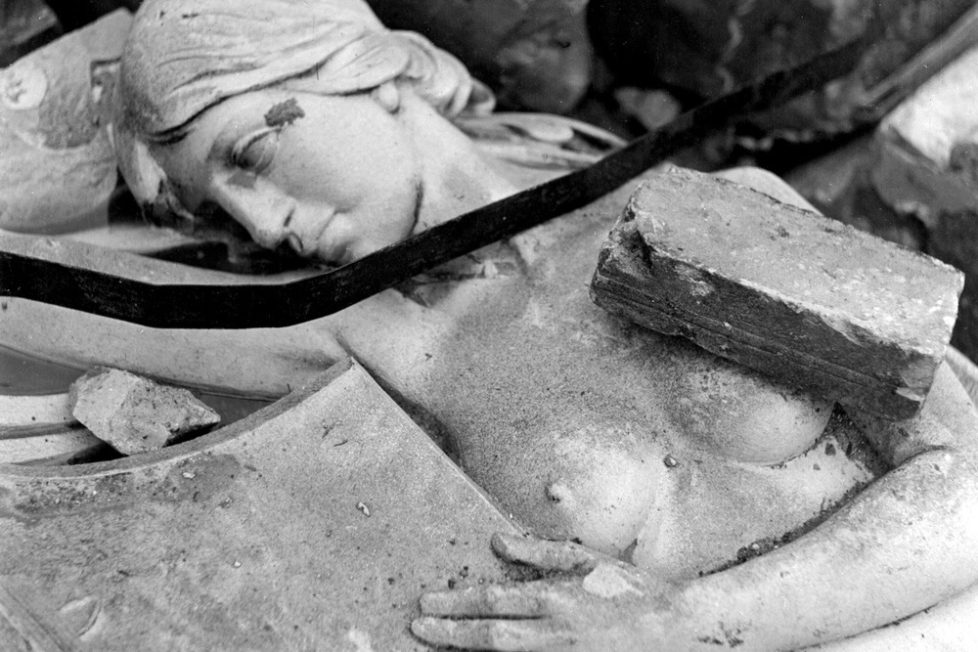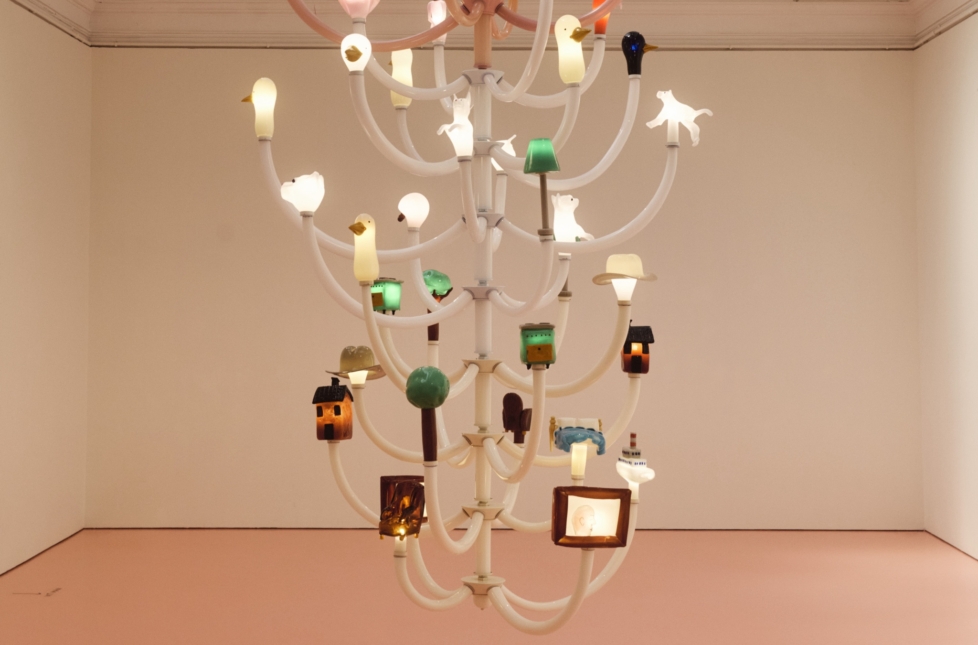
As my hand reached for the press release accompanying Oslo-based Dutch artist Roderick Hietbrink’s exhibition Everything Yellows at BO in Oslo, I suddenly heard myself snore. I flinched, only to quickly realise that I was not, in fact, experiencing a narcoleptic episode. Rather, the sound of snoring came from the room to the left: a staff member at the gallery had just switched on the kinetic installation My Tired Lungs (2024). Propped up on an aluminium frame in the middle of the grey wooden floor is a glass tank with a leopard-patterned lid. Inside it, a pair of life-sized pink silicone lungs rest on a bed of sand, expanding and contracting to the beat of someone snoring.
The combination of sand and a couple of chipped branches makes the whole thing look like a reptile terrarium. The lungs have taken the reptile’s place and look cared for, which prompted me to ponder our present drive towards self-optimisation. Perhaps lung extraction will be a future method for really speeding up our metabolism by training our lungs to function outside our bodies for better oxygen uptake? Or perhaps the set-up is part of the ongoing quest for eternal life, for the point where technological advances will allow us to replace our organs with mechanical ones that can outlast the ones we were born with? The scratch marks on the inside of the glass are disconcerting; whatever is trapped inside has tried to escape.
A similarly uncomfortable atmosphere pervades the other works in the exhibition, too – two more glass tanks on aluminium stands in the centre of BO’s two other rooms – but is also relieved by comedy. A case in point is the work I Left My Fuck You At Home (Rigor Mortis) (2024), in which a blue-tinged severed arm rests on a bed of moss. The arm is made of plaster and epoxy clay, and the middle finger points straight up. A wristwatch featuring a smiling Mickey Mouse is still ticking, reminding us that time goes on even after we are gone. The inside of the arm appears somewhat cartoonish and prop-like, but the skin, especially at the elbow, is strikingly realistic, a dualism I recognise from Hietbrink’s earlier works featuring meticulous enlarged renditions of creatures such as earthworms and woodlice.

In the last glass tank, a badger can be glimpsed behind black vertical stripes. The pattern on the glass in Don’t You See What Is Happening Here (2024) made it look like the taxidermy animal was moving when I turned my head from side to side, a nod to the perceptual trickery of Op art. Around its neck, the badger wears a chain of eyeballs of various sizes. I was reminded of the blue, white, and black bracelets tourists bring home from travels to southern climes: charms that supposedly protect their wearer against the evil eye. This is to say that the badger has an aura of security around him, a trait consistent with Hietbrink’s short film, My Father’s Nature (2011), which depicts the artist’s father arranging his extensive collection of taxidermy mounts amidst bushes and shrubbery. Neither dead nor alive – or both at the same time – such objects are obviously very familiar and fascinating to Hietbrink.
Taxidermy has had somewhat of a renaissance on the contemporary art scene lately. For example, Vibeke Tandberg devoted her previous exhibition at OSL Contemporary (and a subsequent novel) to her work with a stuffed horse. In the 2012 essay ‘De dødes liv’ (Life of the Dead) featured in the newspaper Klassekampen, critic Silje Bekeng-Flemmen tries to get to the bottom of why dead animals are still so interesting to us. She concludes that, in addition to arousing curiosity and a melancholy wistfulness, they also make us unsure about what we are actually facing: thing or being?
Such uncertainty is a pervasive trait of our time. Reality as we know it is under pressure from, among other things, techno-fanatics who want to equip us with brain implants that expand our sensory range of perception, not to mention the extensive introduction of intelligent systems into our lifeworld, the full consequences of which we do not yet see. Taxidermy is about preserving and presenting creatures from nature in a soberly observed manner. But now, notions of verisimilitude and being ‘faithful to nature’ are fragmented and hybridised, a trend to which Hietbrink’s ambivalently mimetic organ pastiches vividly testify. Today, the concept of realism needs to have a broader scope. Our contemporary world is too bizarre to allow for anything else.






